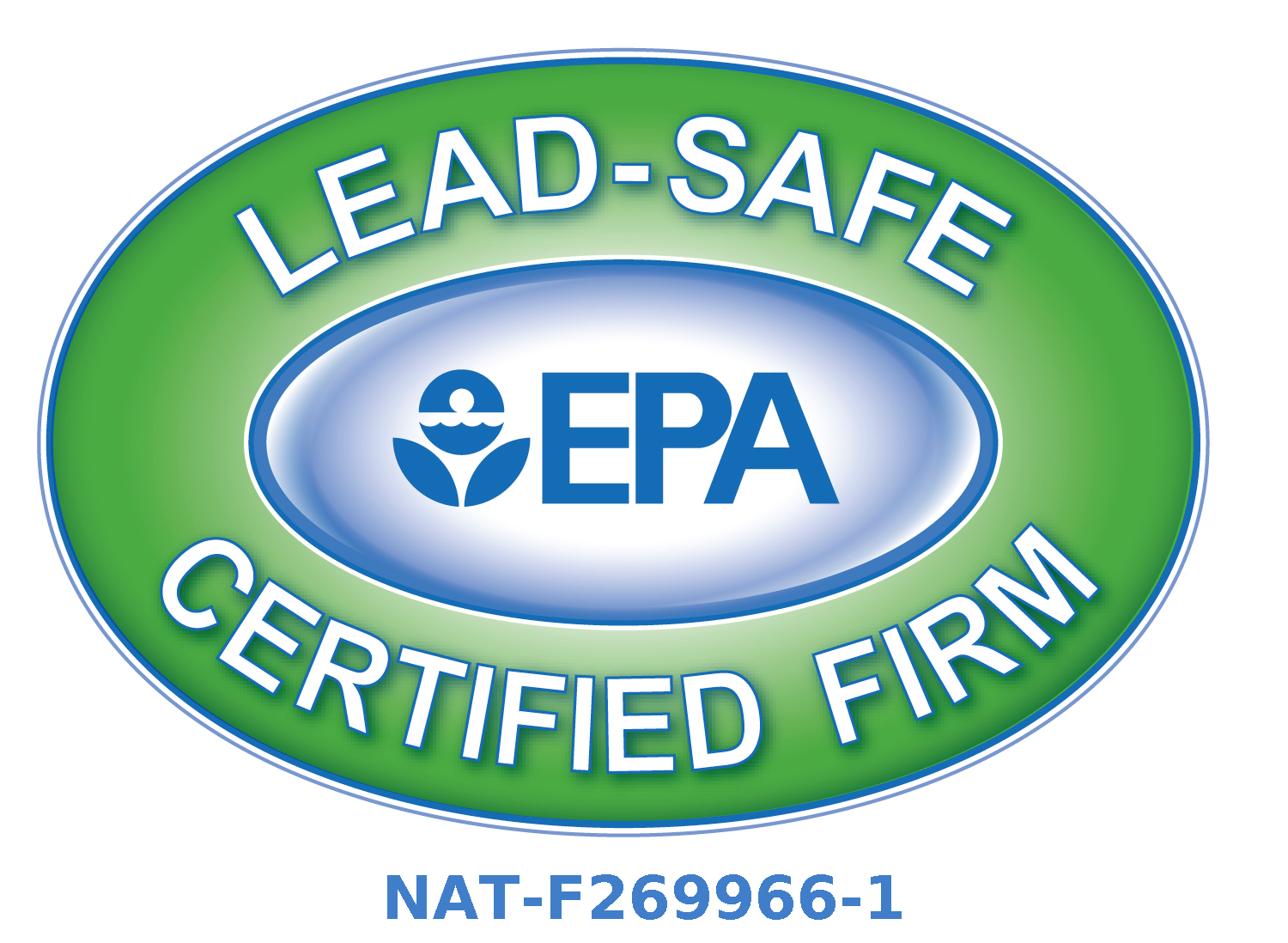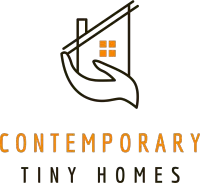Knowledge Center: Your Go-To Resource for ADUs and Tiny Living
Knowledge Center: Your Go-To Resource for ADUs and Tiny Living
Email [email protected]
Phone 860-TINY-HOM (es)

Top Connecticut FAQs on Tiny Homes and ADUs
In this article, we aim to address some of the most common questions that Connecticut residents have regarding tiny homes and ADUs. We will cover a range of topics, including building codes, rental restrictions, financing options, and community considerations. Whether you are looking to expand your living space, generate rental income, or embrace a minimalist lifestyle, these FAQs will provide you with essential guidance for planning a tiny home or ADU in Connecticut.
Are tiny homes allowed as permanent residences in Connecticut?
Tiny homes are permitted in some parts of Connecticut but must meet local zoning and building codes. Regulations vary, so check with your town’s planning department.
What are the zoning requirements for building an ADU in Connecticut?
Zoning requirements for ADUs vary by municipality, but many cities allow ADUs in residential zones if they meet size and setback regulations.
Do Connecticut laws allow tiny homes to be used as ADUs?
In some areas, tiny homes can qualify as ADUs if they comply with local building codes and are placed on a permanent foundation.
What permits are required to place a tiny home on private property in Connecticut?
Building and zoning permits are typically required, and some municipalities may also need utility connection and septic permits.
Are there specific size restrictions for ADUs in Connecticut?
Yes, most towns have size restrictions, often limiting ADUs to a percentage of the main house’s square footage or setting a maximum size (e.g., 800–1,200 sq ft).
Can I legally place a tiny home in my Connecticut backyard?
This depends on local zoning laws; some towns allow backyard tiny homes as ADUs, while others restrict them.
What are the building code requirements for ADUs in Connecticut?
ADUs must typically meet residential building codes, including standards for electrical, plumbing, and structural safety.
Does Connecticut offer tax incentives for building ADUs?
Connecticut doesn’t have specific state-level tax incentives for ADUs, though some localities may offer property tax breaks for affordable housing.
Are there specific design guidelines for ADUs in Connecticut?
Many towns require that ADUs match the architectural style of the main residence and comply with height and setback requirements.
How do Connecticut’s zoning laws impact the placement of tiny homes?
Zoning laws may limit where tiny homes can be placed, often allowing them only in residential or mixed-use zones if they meet building code standards.
Can I rent out an ADU on my Connecticut property for short-term stays?
Short-term rentals are regulated at the town level; some allow it with a permit, while others restrict ADUs to long-term rentals only.
What financing options are available for building an ADU in Connecticut?
Homeowners can consider options like home equity loans, HELOCs, or specialized ADU financing programs offered by certain lenders.
What are the typical costs of building an ADU in Connecticut?
ADU construction costs in Connecticut range from $100,000 to $250,000, depending on size, design, and location.
Can ADUs be used as rental units in Connecticut?
Yes, ADUs can often be rented out, but some municipalities require them to be used as long-term rentals or occupied by family members.
Are there any Connecticut cities that encourage tiny home communities?
While Connecticut is generally restrictive, some cities like New Haven are exploring tiny home developments as affordable housing options.
Do ADUs in Connecticut have to be attached to the main residence?
No, ADUs can be detached or attached, depending on local zoning. Some areas require specific types of ADUs, so check local regulations.
What is the minimum lot size for building a tiny home in Connecticut?
Minimum lot size varies by locality, with many areas requiring larger lots for detached tiny homes or ADUs.
How can I ensure my Connecticut tiny home meets building codes?
Working with a licensed contractor familiar with Connecticut codes and consulting local building officials will help ensure compliance. At Contemporary Tiny Homes, we're excited to help guide you through this process.
Are there any state grants available in Connecticut for ADU construction?
While Connecticut does not offer specific ADU grants, federal programs and local incentives may be available for affordable housing projects.
What are the setback requirements for ADUs in Connecticut?
Setback requirements vary by town but generally range from 5 to 15 feet from property lines.
Can I build a detached ADU on my Connecticut property?
Yes, many Connecticut municipalities allow detached ADUs, but zoning requirements such as setbacks and size limits apply.
Are there height restrictions for ADUs in Connecticut?
Height restrictions vary but are often capped at one or two stories to align with neighborhood aesthetics.
How can I prepare for Connecticut’s final inspection of a tiny home or ADU?
Ensure that all work complies with approved plans, building codes, and permit requirements, and have all documentation ready for the inspector.
Are composting toilets allowed in tiny homes in Connecticut?
Composting toilets may be allowed, but local health codes often require septic or sewer connections for permanent residences.
What challenges might I face when adding an ADU in Connecticut?
Challenges may include zoning restrictions, high permitting costs, and neighborhood opposition, especially in more restrictive areas.
Does Connecticut allow ADUs in all residential zones?
No, ADUs are allowed only in specific residential zones that vary by municipality. Urban areas may be more flexible than rural zones.
How can I find a contractor in Connecticut experienced with tiny home construction?
Look for contractors specializing in small homes or ADUs, or consult local builder associations for recommendations. You're in luck, because Contemporary Tiny Homes is here to guide you through the entire process, from start to finish.
What steps should I take to apply for an ADU permit in Connecticut?
Contact your local planning office to review requirements, submit detailed building plans, and pay associated fees.
Does Connecticut have any restrictions on the utilities used in tiny homes?
Utilities must generally meet residential standards, and off-grid solutions may require additional permits and inspections.
Can I convert an existing garage into an ADU in Connecticut?
Many municipalities allow garage conversions if they meet building codes for habitable spaces.
How do Connecticut property taxes apply to ADUs or tiny homes?
Adding an ADU or tiny home may increase property taxes, as they typically increase the assessed value of the property.
Can an ADU be used to house family members in Connecticut?
Yes, ADUs are often allowed for family occupancy and may be subject to fewer restrictions if used for that purpose.
What is the process for applying for a zoning variance for an ADU in Connecticut?
Submit a variance request to your local zoning board, demonstrating the need and showing minimal impact on surrounding properties.
How do ADUs in Connecticut impact overall property value?
ADUs generally increase property value by adding habitable space, which may also result in higher property taxes.
Are there size requirements for a bedroom in an ADU in Connecticut?
Yes, bedrooms must meet local building code requirements for square footage, ceiling height, and emergency exits.
Can I add both an ADU and a tiny home on a single property in Connecticut?
This depends on local zoning laws, and many municipalities limit properties to one ADU or tiny home.
Are there any incentives in Connecticut for energy-efficient ADU construction?
Some local energy programs may offer incentives, and federal tax credits might apply for renewable energy systems in ADUs.
What are the fire safety requirements for tiny homes in Connecticut?
Fire safety requirements typically include smoke detectors, egress windows, and fire-resistant materials, following local building codes.
How does Connecticut handle waste and septic systems for tiny homes?
Tiny homes usually need to connect to municipal sewer systems or approved septic systems for permanent residency.
Are there any restrictions on building materials for ADUs in Connecticut?
ADUs must comply with Connecticut’s building codes, which may include restrictions on materials to ensure safety and durability.
How long does the approval process typically take for an ADU in Connecticut?
The approval process can take several months, depending on the complexity of the project and the efficiency of the local permitting office.
Can ADUs be used as home offices in Connecticut, or are they limited to residential use?
ADUs can often be used as home offices, though zoning rules may limit commercial activities.
What are Connecticut’s rules for ADU rentals?
Connecticut allows ADUs to be rented, but rental terms (e.g., short-term vs. long-term) vary by locality. Some areas restrict ADUs to long-term leases, while others allow short-term rentals with permits.
Does Connecticut offer financing options for ADUs?
While Connecticut doesn’t offer specific ADU financing, homeowners can consider home equity loans, HELOCs, or specialized construction loans for funding.
How does Connecticut classify tiny homes for tax purposes?
If a tiny home is a permanent structure, it may be assessed as part of the property value, potentially increasing property taxes.
Are there height limits for ADUs in Connecticut?
Yes, height restrictions are typically enforced at the local level and often limit ADUs to one or two stories to match residential zoning standards.
Do Connecticut ADUs require separate utility hookups?
ADUs may require separate utility connections depending on local code and existing infrastructure. Some areas allow shared utilities, while others may mandate separate hookups.
Are there ADU grants available in Connecticut?
While Connecticut doesn’t have specific ADU grants, federal programs and some local initiatives may provide incentives, particularly for affordable or green housing projects.
How close can an ADU be to property lines in Connecticut?
Setback requirements for ADUs vary by municipality, but most areas require setbacks of 5-15 feet from property lines.
Can I convert a basement into an ADU in Connecticut?
Yes, basement conversions are commonly allowed as ADUs, provided they meet building codes for habitable spaces, including egress and ventilation.
Are there green building incentives for ADUs in Connecticut?
Some municipalities and utility companies in Connecticut offer incentives for energy-efficient or environmentally friendly ADU construction. Federal tax credits for green building may also apply.
Is a tiny home considered an ADU in Connecticut?
A tiny home may qualify as an ADU if it’s on a permanent foundation and meets local ADU building codes.
Can ADUs in Connecticut be used as guest houses?
Yes, ADUs can often be used as guest houses, although specific use restrictions may apply based on local zoning laws.
Are there minimum square footage rules for ADUs in Connecticut?
Many Connecticut municipalities have minimum size requirements for ADUs, often around 300-400 square feet to ensure livability standards.
Does Connecticut allow multiple ADUs on one property?
Most Connecticut towns permit only one ADU per property, though some areas with relaxed zoning may allow multiple ADUs under specific conditions.
Can Connecticut ADUs be rented short-term?
Short-term rental rules vary by town; some Connecticut municipalities allow short-term rentals with a permit, while others restrict ADUs to long-term leases.
Do tiny homes in Connecticut need to meet ADA standards?
ADA compliance is not typically required unless the tiny home is intended for public use or commercial rental, but accessible design is encouraged for personal use.
What are the ADU parking requirements in Connecticut?
Many Connecticut towns require at least one additional off-street parking space for ADUs, though specific requirements vary by municipality.

Copyright 2025. All rights reserved. Norwalk, CT
Connecticut's New Home Construction Contractor License: #NHC.0017654
EPA Lead-Safe Certified NAT-F269966-1


